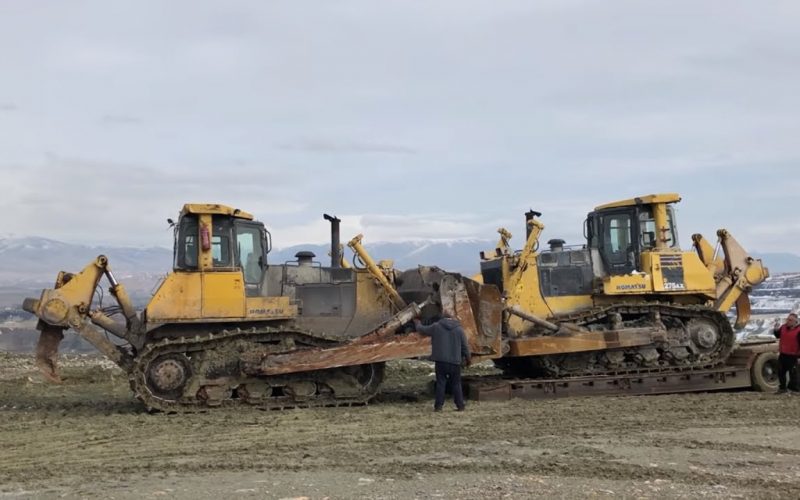Whenever heavy equipment breaks down or fails, troubleshooting is customarily done to determine the cause of the
problem and the necessary corrective measure. An ideal troubleshooting process usually identifies the problem and
corrects it as fast as possible. Despite different steps taken by different engineers in determining issues, troubleshooting
should follow some basic guidelines. Here are the general steps of troubleshooting machinery.
Symptom recognition
It involves the verification of the existence of the problem by inspecting various systems of the equipment. The operator
of the machinery should be present during symptom recognition because they have the first-hand and most vital information
about the breakdown.
Isolating the problem to the root cause
The inspecting engineer should then be able to narrow down the issue to the exact root cause. This step of troubleshooting
requires intuition, knowledge, and skills where various tests are done, and readings are taken. Equipment manuals and
logs are vital sources of information where troubleshooting guidelines can be obtained.
The actual repair
This involves taking the corrective measure that rectifies and eliminates the issue that caused the breakdown. Some
companies can rent or buy new or used equipment as replacements instead of repairs. The repair process should not be
limited to fixing the affected component only but instead, aim at eliminating the root cause of the problem.
Testing if the problem is solved
The testing process aims to verify that the problem has been corrected before the equipment is cleared for return to active
operation. The test involves a thorough inspection of all replaced components. Additionally, it is crucial to ensure that the
rectification did not cover or mask other problems that may eventually lead to similar or different machinery failure. The
comprehensive inspection involves checking equipment gauges and the general operations linked to the repaired element
or system. The test can be done according to approved procedures and recommendations from the manufacturer.
Conducting a follow-up
The last step of troubleshooting, which is commonly ignored by many heavy equipment owners, is conducting a follow-up
to prevent similar breakdowns in the future. The step entails many actions that are mainly precautionary. A follow-up can
include changing your component supplier or service provider, training equipment operators, and modifying procedures
of using the equipment for improved performance.
Heavy equipment only offers efficient services when they are adequately inspected, maintained, and serviced regularly.
Our dedicated team will provide you with inspection, repair, and maintenance services that will ensure you operate your
equipment safely and in top condition. Contact us today for more information about these and other services.

|  Business Line: 4007-166-180
Business Line: 4007-166-180 Tel£º+86 21 58003681
Tel£º+86 21 58003681 Fax£º+86 21 68014262
Fax£º+86 21 68014262 Website£ºhttp://www.sinoliftdrum.com
Website£ºhttp://www.sinoliftdrum.com Email£ºdrum@sinolift.com
Email£ºdrum@sinolift.com  Skype£ºsinolift
Skype£ºsinolift Business Line: 4007-166-180
Business Line: 4007-166-180 Tel£º+86 21 58003681
Tel£º+86 21 58003681 Fax£º+86 21 68014262
Fax£º+86 21 68014262 Website£ºhttp://www.sinoliftdrum.com
Website£ºhttp://www.sinoliftdrum.com Email£ºdrum@sinolift.com
Email£ºdrum@sinolift.com  Skype£ºsinolift
Skype£ºsinolift